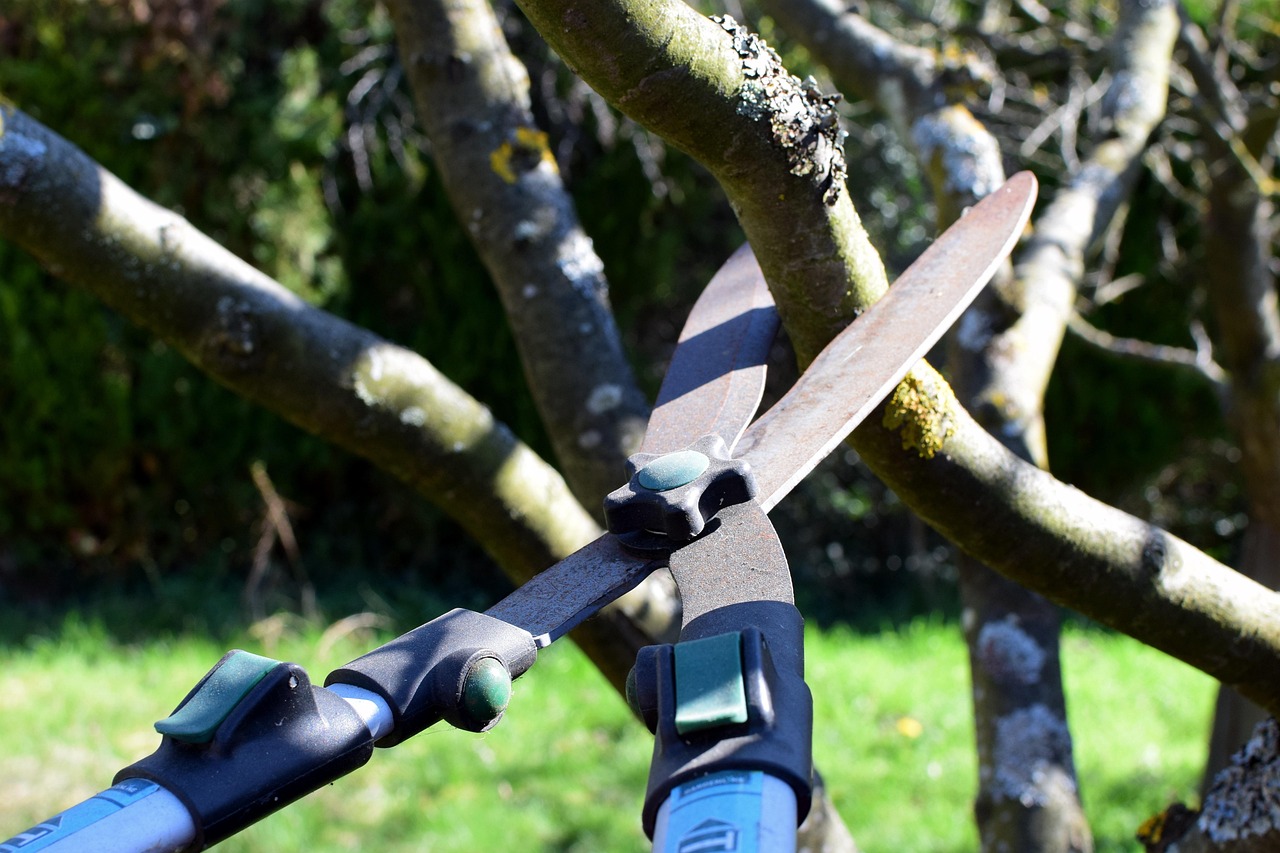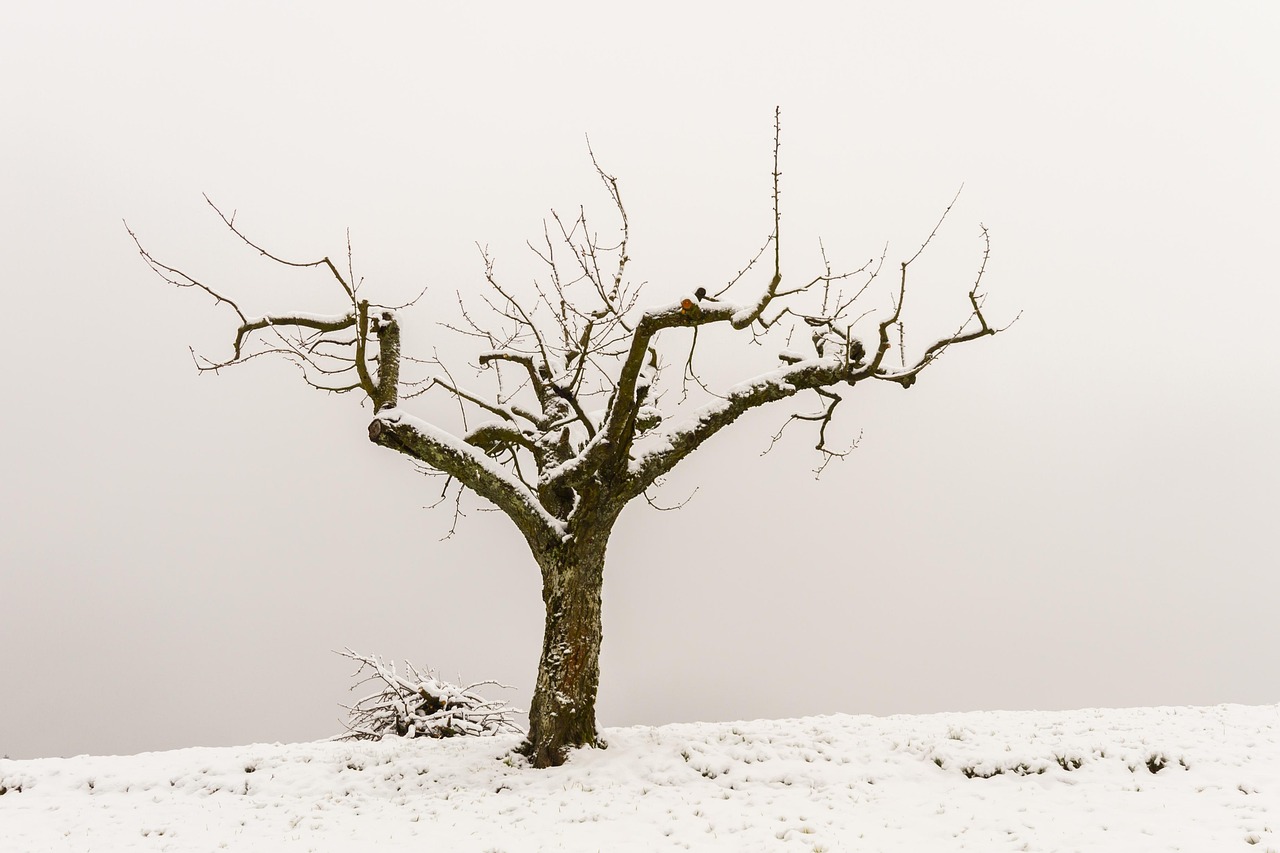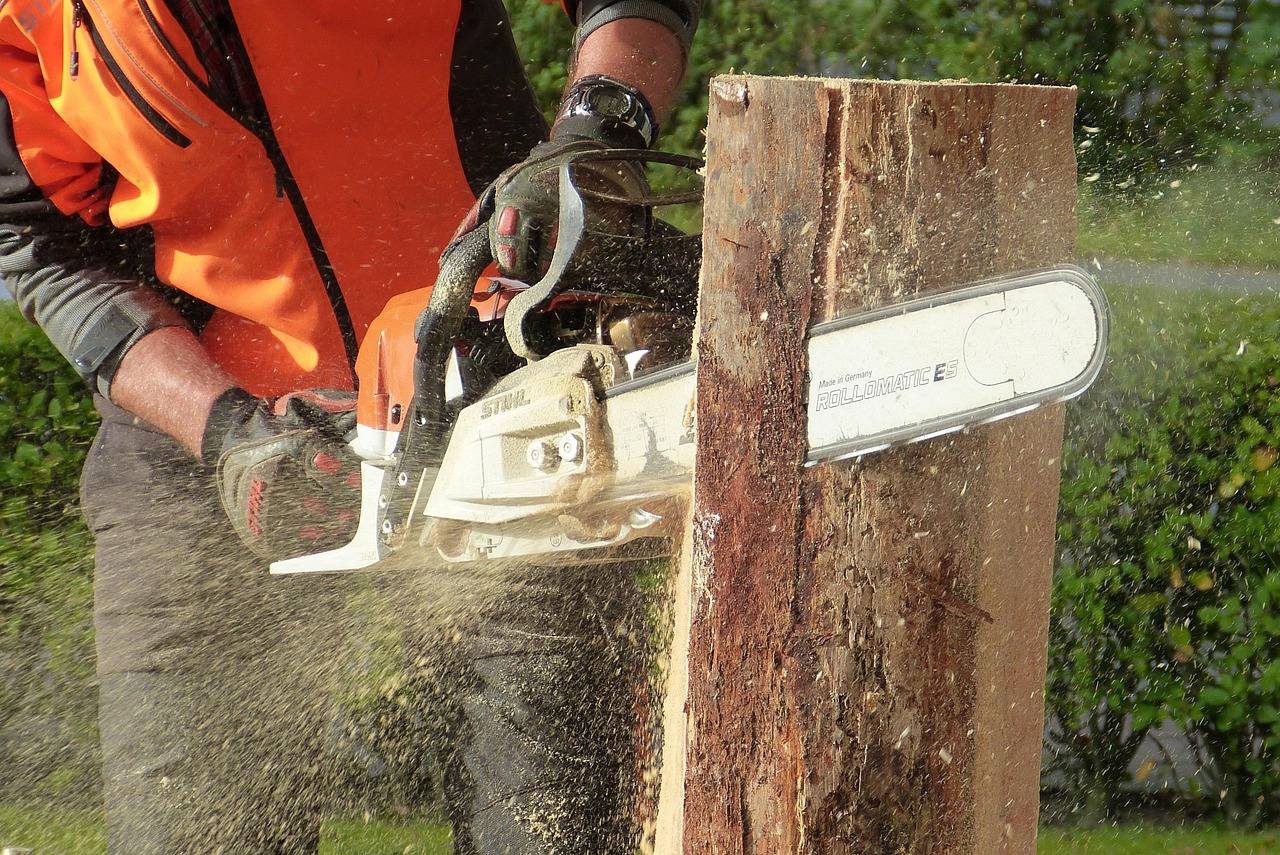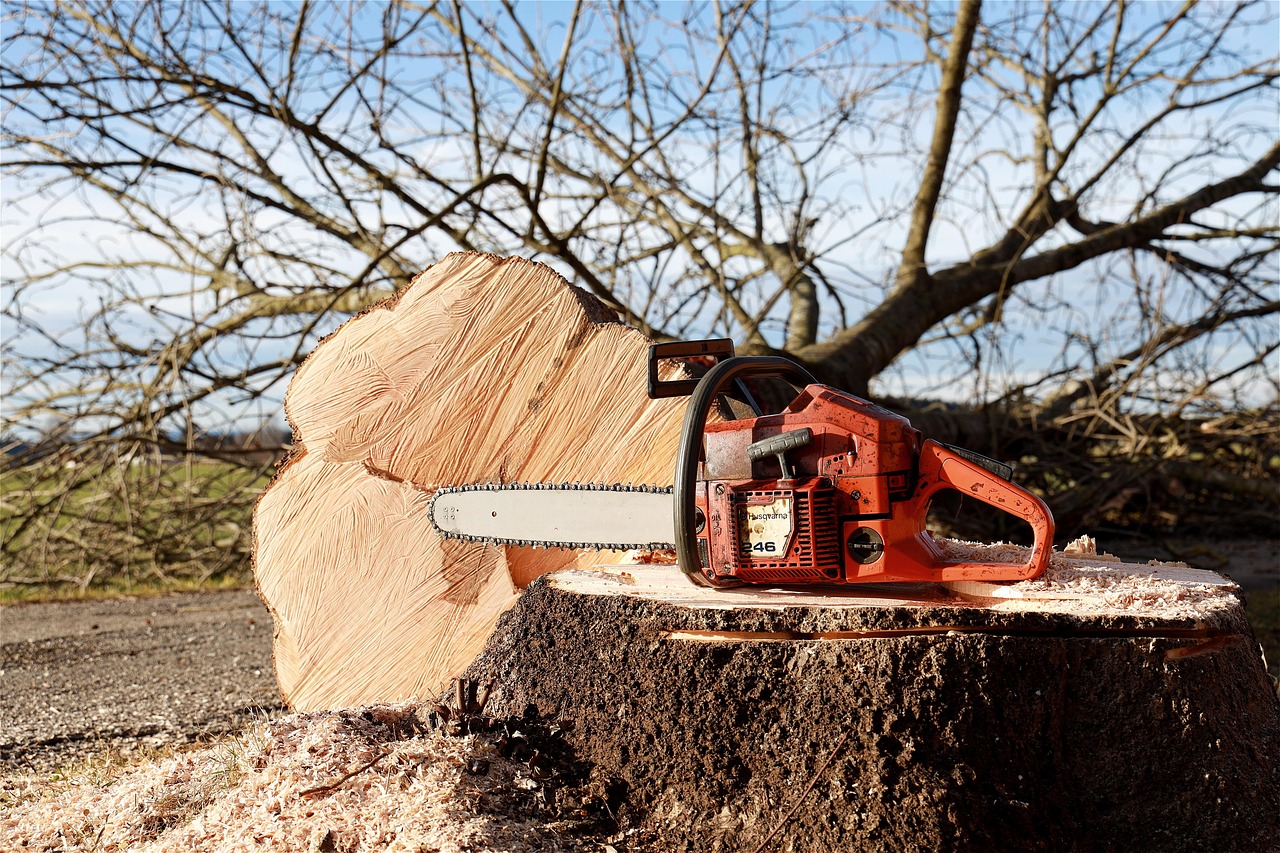A tree pruning diagram visually represents the best practices for cutting and shaping trees. It helps both beginners and professionals understand pruning techniques, the timing for cuts, and the overall structure of healthy trees.
Understanding Tree Pruning
Tree pruning is an essential practice in horticulture and arboriculture. It involves removing specific branches or parts of a tree to promote healthy growth, enhance fruit production, and maintain the tree’s overall shape. Proper pruning techniques are crucial for the long-term health of the tree and can prevent potential hazards caused by weak or diseased branches.

For beginners, understanding the basics of pruning can be overwhelming. There are various tools, techniques, and timing considerations to keep in mind. Professionals, on the other hand, have developed advanced methods to manage tree health and aesthetics. Regardless of experience level, a clear diagram can significantly aid in understanding proper techniques.
Key Benefits of Tree Pruning
Pruning offers numerous benefits for both trees and their surrounding environments. Some of these benefits include:
- Improved Health: Removing dead or diseased branches can help prevent the spread of pests and diseases.
- Enhanced Growth: Strategic cuts encourage stronger growth by directing energy to healthy branches.
- Increased Safety: Eliminating weak branches reduces the risk of falling limbs that could cause injury or property damage.
- Better Aesthetics: Properly pruned trees look more appealing and can enhance the landscape.
- Increased Yield: For fruit-bearing trees, pruning can lead to higher fruit production and better quality fruit.
Components of a Tree Pruning Diagram
A tree pruning diagram typically includes several key components that illustrate where and how to make cuts. Understanding these components is essential for effective pruning. Below are some common elements found in pruning diagrams:

| Component | Description |
|---|---|
| Branches | The limbs of the tree that may need to be trimmed or shaped. |
| Leader | The main stem or trunk that guides the tree’s growth. |
| Nodes | The points on a branch where leaves or buds emerge. |
| Cuts | The locations where branches should be trimmed, often depicted with lines or arrows. |
| Wound Closure | The process through which a tree heals after a cut, often illustrated in diagrams. |
Each component plays a role in achieving optimal tree health through effective pruning. The diagram provides visual guidance on where to make cuts, ensuring that pruners do not harm the tree’s structure or health.
Tools for Tree Pruning
Using the right tools is vital for successful pruning. Here are some commonly used tools:
- Pruning Shears: Ideal for cutting small branches and stems up to ¾ inch in diameter.
- Loppers: Useful for thicker branches that are too large for shears but still manageable by hand.
- Saws: Needed for larger branches; pole saws can be helpful for high cuts.
- Gloves: Protect hands from sharp branches and thorns while working.
- Ladders: Essential for reaching higher branches safely.
Ensuring that tools are sharp and well-maintained is critical for making clean cuts. This helps the tree heal faster and reduces the risk of infection.

When to Prune Trees
The timing of pruning is as important as the method used. Different trees require different pruning schedules based on their growth patterns and types. Here are general guidelines for when to prune:
- Late Winter to Early Spring: This is generally the best time for most deciduous trees before new growth begins.
- Summer: Light pruning can be done during this time to remove unwanted growth.
- Fall: Avoid heavy pruning in fall as it can stress trees before winter dormancy.
Understanding the life cycle of different tree species is crucial for effective pruning. Each type may have its own specific needs and best practices. By considering these factors, both beginners and professionals can enhance their tree care practices through effective pruning techniques.
Essential Pruning Techniques
Pruning techniques can vary widely depending on the purpose of pruning and the type of tree. Understanding these techniques is crucial for both beginners and professionals to achieve the desired results. Below are some essential pruning techniques that every tree caretaker should know.

Types of Pruning Techniques
There are several main types of pruning techniques, each serving a specific purpose:
- Thinning: This technique involves removing entire branches to open up the tree’s canopy. Thinning allows more light to penetrate and promotes healthy growth.
- Heading: Heading cuts shorten branches by cutting them back to a bud or branch. This technique encourages bushier growth and is often used for shaping.
- Reduction: This method reduces the size of a tree or branch without affecting its overall shape. It is useful for controlling tree height near structures.
- Cleaning: Cleaning involves removing dead, damaged, or diseased branches. This helps maintain the tree’s health and improves aesthetics.
Each of these techniques can be applied differently depending on specific goals and tree species. Understanding how to implement these methods will enhance tree management skills significantly.
Common Mistakes to Avoid
Even experienced pruners can make mistakes that may harm trees. Here are some common mistakes and how to avoid them:
- Over-pruning: Removing too much foliage at once can stress the tree and lead to poor health. Always assess how much to prune based on the tree’s condition.
- Poor Timing: Pruning at the wrong time of year can negatively affect tree growth. Ensure you are aware of seasonal needs for each species.
- Using Dull Tools: Dull tools can tear bark and create jagged cuts, leading to infections. Regularly sharpen tools for clean cuts.
- Ignoring Tree Structure: Failing to consider the natural shape and growth pattern of the tree can result in an unnatural appearance. Always respect the tree’s natural form.
Avoiding these mistakes will not only improve your pruning skills but also ensure the health and longevity of the trees under your care.
Visual Aids in Tree Pruning
Visual aids, such as diagrams and charts, can be incredibly helpful in understanding pruning techniques. They provide clear examples of where cuts should be made and illustrate the effects of different pruning methods. Here are some common types of visual aids used in tree pruning:
- Pruning Diagrams: These diagrams typically show the anatomy of a tree with markings indicating where to make cuts.
- Before-and-After Photos: Visual comparisons can demonstrate the impact of proper pruning over time.
- Growth Charts: These charts can help track the growth patterns of trees, aiding in determining when and how to prune.
Incorporating visual aids into your pruning practice can greatly enhance your understanding and effectiveness.
Specific Tree Species Pruning Guidelines
Different species of trees have unique needs when it comes to pruning. Understanding these species-specific guidelines is important for effective care. Below are some examples of popular tree species along with their pruning requirements:
| Tree Species | Pruning Recommendations |
|---|---|
| Maple | Prune in late winter or early spring before new growth begins to avoid sap loss. |
| Pine | Prune in late spring after new growth has emerged, focusing on removing dead branches. |
| Fruit Trees | Prune in late winter; remove dead wood and thin out crowded areas to improve air circulation. |
| Dwarf Trees | Prune lightly throughout the growing season to maintain shape; avoid heavy cuts. |
By adhering to these specific guidelines, both beginners and professionals will be better equipped to manage various tree species effectively.
The Role of Tree Pruning in Landscaping
Tree pruning plays a vital role in landscaping by enhancing the aesthetic appeal and functionality of outdoor spaces. Well-pruned trees can frame views, provide shade, and create a more inviting environment. Here are some key aspects of how pruning contributes to landscaping:
- Aesthetic Value: Properly pruned trees contribute to the overall beauty of a landscape, making it more visually appealing.
- Space Management: Pruning helps control the size and spread of trees, ensuring they fit well within their designated spaces without overcrowding other plants.
- Healthier Plants: By maintaining the health of trees through proper pruning, landscapers can create thriving ecosystems that benefit all plants in the area.
The importance of tree pruning in landscaping cannot be overstated. It not only enhances beauty but also ensures ecological balance in outdoor environments.
Understanding Tree Anatomy for Effective Pruning
To prune trees effectively, it is essential to understand their anatomy. Knowledge of tree structure helps in making informed decisions about where and how to cut. Key components of tree anatomy include:
- Root System: The foundation of the tree, providing stability and nutrient uptake.
- Trunk: The main support structure that transports nutrients and water from the roots to the branches.
- Branches: These extend from the trunk and support leaves, flowers, and fruit.
- Leaves: The primary sites for photosynthesis, converting sunlight into energy.
- Buds: These are undeveloped shoots that will grow into new leaves or flowers.
Understanding these components is crucial when determining how to prune a tree. Each part plays a significant role in the tree’s health and growth, and improper cuts can lead to long-term damage.
The Importance of Wound Closure
After pruning, trees will naturally heal from cuts, a process known as wound closure. However, understanding how this process works is vital for effective pruning practices. When a tree is pruned, it reacts by forming a protective layer over the wound. Here are some key points about wound closure:
- Cambium Layer: The cambium is a vital layer of cells that promotes healing. It grows around the edges of the cut to seal the wound.
- Callus Formation: Trees produce callus tissue that helps protect against pathogens and pests while closing the wound.
- Avoiding Topping: Topping involves cutting large branches back to stubs, which can prevent proper wound closure and lead to decay.
By making clean cuts and avoiding excessive damage to the cambium layer, pruners can support effective wound closure and enhance tree health. Understanding this process helps in making better pruning decisions.
Seasonal Pruning Techniques
The timing of pruning affects both the immediate and long-term health of trees. Seasonal considerations play a crucial role in pruning strategies. Here’s how seasonal changes impact pruning:
Spring Pruning
Spring is typically an active growing season for many trees. Pruning during this time promotes healthy growth. Key considerations include:
- Prune after the last frost to avoid damage to new growth.
- Focus on removing dead or damaged branches to encourage new growth.
Summer Pruning
Summer pruning can help control growth and improve air circulation within the canopy. Important tips include:
- Lightly prune to shape trees and maintain their structure.
- Avoid heavy pruning as it may stress the tree during peak growth.
Fall Pruning
Fall is generally not recommended for heavy pruning due to the stress it can place on trees before winter dormancy. However, minor maintenance can be done:
- Remove any dead or diseased branches before winter.
- Avoid cutting live branches as trees begin to prepare for dormancy.
Winter Pruning
Winter is an ideal time for pruning many deciduous trees. The absence of leaves allows for easier visibility of the tree’s structure. Key points include:
- Prune while trees are dormant, which reduces stress and encourages robust spring growth.
- Aim to remove weak or crossing branches to improve overall structure.
Advanced Pruning Techniques for Professionals
While beginners can benefit greatly from basic techniques, professionals often employ advanced pruning methods to achieve specific results. Here are some advanced techniques:
Crown Reduction
Crown reduction is used to reduce the overall height or spread of a tree while maintaining its natural shape. This technique is often employed around power lines or structures. Key aspects include:
- Cut back branches to a lateral branch that can sustain healthy growth.
- Avoid cutting too close to the trunk to prevent stress.
Crown Thinning
Crown thinning involves selectively removing branches throughout the crown without altering its overall shape. This technique improves light penetration and air circulation. Important considerations are:
- Remove 10-20% of the crown’s foliage evenly across the entire tree.
- Focus on crossing or poorly placed branches to enhance health.
Crown Lifting
Crown lifting raises the lower branches of a tree to allow more space underneath. This can be useful near footpaths or driveways. Key points include:
- Remove lower branches gradually, starting from the ground level up.
- Aim for a balanced look by maintaining uniform height among remaining branches.
Mastering these advanced techniques requires practice and knowledge but can significantly enhance professional tree care activities.
Pest and Disease Management in Pruning
Pests and diseases can severely affect tree health. Pruning offers an opportunity to manage these issues effectively. Here’s how:
- Cleansing Cuts: Always sterilize tools before and after use to prevent spreading disease from one tree to another.
- Identifying Infestations: Look for signs of pests or disease during pruning; treat affected areas promptly.
- Avoiding Stress: Healthy trees are less susceptible to pests; proper pruning practices contribute to overall health.
Pest and disease management should be integrated into any pruning plan for optimal tree health and longevity.
Additional Resources for Tree Pruning
For those looking to deepen their understanding of tree pruning, several resources can provide valuable information and guidance. Here are some recommended resources:
- Books: Numerous books cover the subject of tree care and pruning. Titles like “The Pruning Book” by Lee Reich and “Pruning Made Easy” by Lewis Hill offer comprehensive insights.
- Online Courses: Many universities and horticultural societies offer online courses focusing on tree care and pruning techniques. Websites such as Coursera and Udemy have relevant courses.
- Workshops: Local gardening clubs or cooperative extensions often hold workshops on tree pruning, providing hands-on experience.
- Videos: Educational platforms like YouTube feature instructional videos from experts, illustrating various pruning techniques and tools.
Utilizing these resources can enhance both knowledge and practical skills in tree pruning, allowing individuals to become more proficient at caring for trees.
Understanding Local Regulations
Before embarking on any pruning project, it is essential to understand local regulations regarding tree care. Many municipalities have specific laws governing the pruning and removal of trees, especially for protected species. Here are some points to consider:
- Permits: Some areas require permits for significant pruning or removal of trees, particularly if the tree is on public property or is considered a landmark.
- Protected Species: Certain trees may be protected due to their ecological importance. Familiarize yourself with local ordinances to avoid potential fines.
- Neighborhood Guidelines: Homeowners associations (HOAs) may have additional rules regarding tree maintenance in residential areas. Always check these guidelines before proceeding.
Adhering to local regulations ensures that your pruning efforts are legal and environmentally responsible.
Tree Pruning Safety Tips
Safety should always be a priority when pruning trees. Here are some essential safety tips to keep in mind:
- Wear Protective Gear: Use safety goggles, gloves, and hard hats to protect against falling branches and debris.
- Use Proper Equipment: Ensure that your tools are in good condition. Dull or damaged tools can lead to accidents.
- Work with a Partner: Having someone nearby can help in case of emergencies, especially when working with large branches or climbing ladders.
- Assess the Environment: Check for power lines, unstable branches, or other hazards in the area before starting to prune.
By following these safety tips, you can minimize risks associated with tree pruning activities.
Final Thoughts
Tree pruning is a vital practice for maintaining the health and aesthetics of trees in both residential and professional landscapes. Understanding the various techniques, tools, and seasonal considerations can significantly impact the success of your pruning efforts. Knowledge of tree anatomy enhances your ability to make effective cuts that promote healing and growth.
The integration of pest and disease management strategies into your pruning regimen further supports tree health and longevity. Additionally, utilizing available resources such as books, online courses, and local workshops can help enhance your skills over time.
As you embark on your pruning journey, remember the importance of safety and compliance with local regulations. With practice and attention to detail, both beginners and professionals can achieve remarkable results in tree care through effective pruning techniques. Ultimately, well-pruned trees contribute not only to the beauty of landscapes but also to the overall ecosystem’s health.
